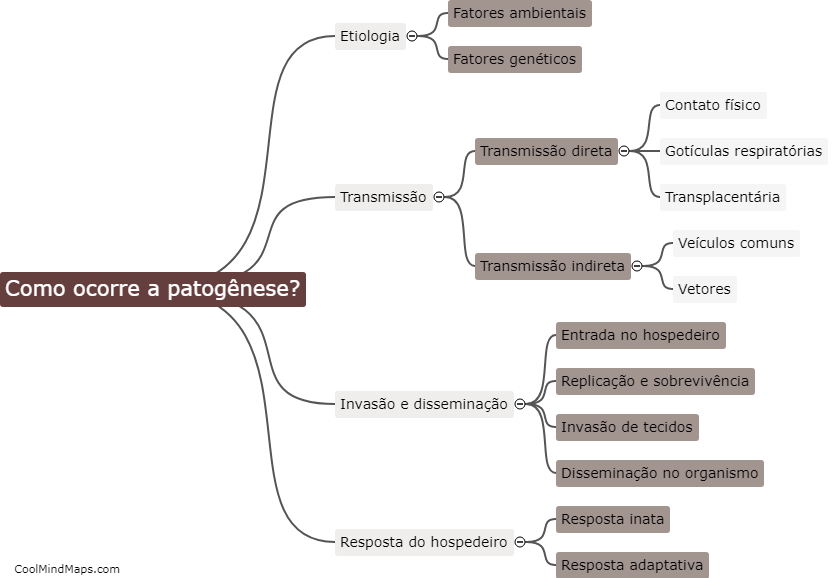How does water management work in reverse osmosis?
Reverse osmosis (RO) is a water filtration process that removes impurities and contaminants by using pressure to force water molecules through a semi-permeable membrane. Water management in reverse osmosis involves several key steps. Firstly, a pre-treatment process is carried out to remove larger particles and substances that could clog the RO membrane. This may include sediment filtration, activated carbon filtration, and disinfection. Once pre-treated, the water is pressurized and forced through the membrane, leaving behind most dissolved salts, minerals, and other impurities. The purified water, also known as permeate, is collected, while the concentrated waste, known as brine or reject stream, is carried away for disposal or further treatment. Water management in reverse osmosis also includes monitoring and adjusting operating conditions such as flow rates, pressure, and membrane cleaning to ensure optimal performance and longevity of the system.

This mind map was published on 27 November 2023 and has been viewed 98 times.











